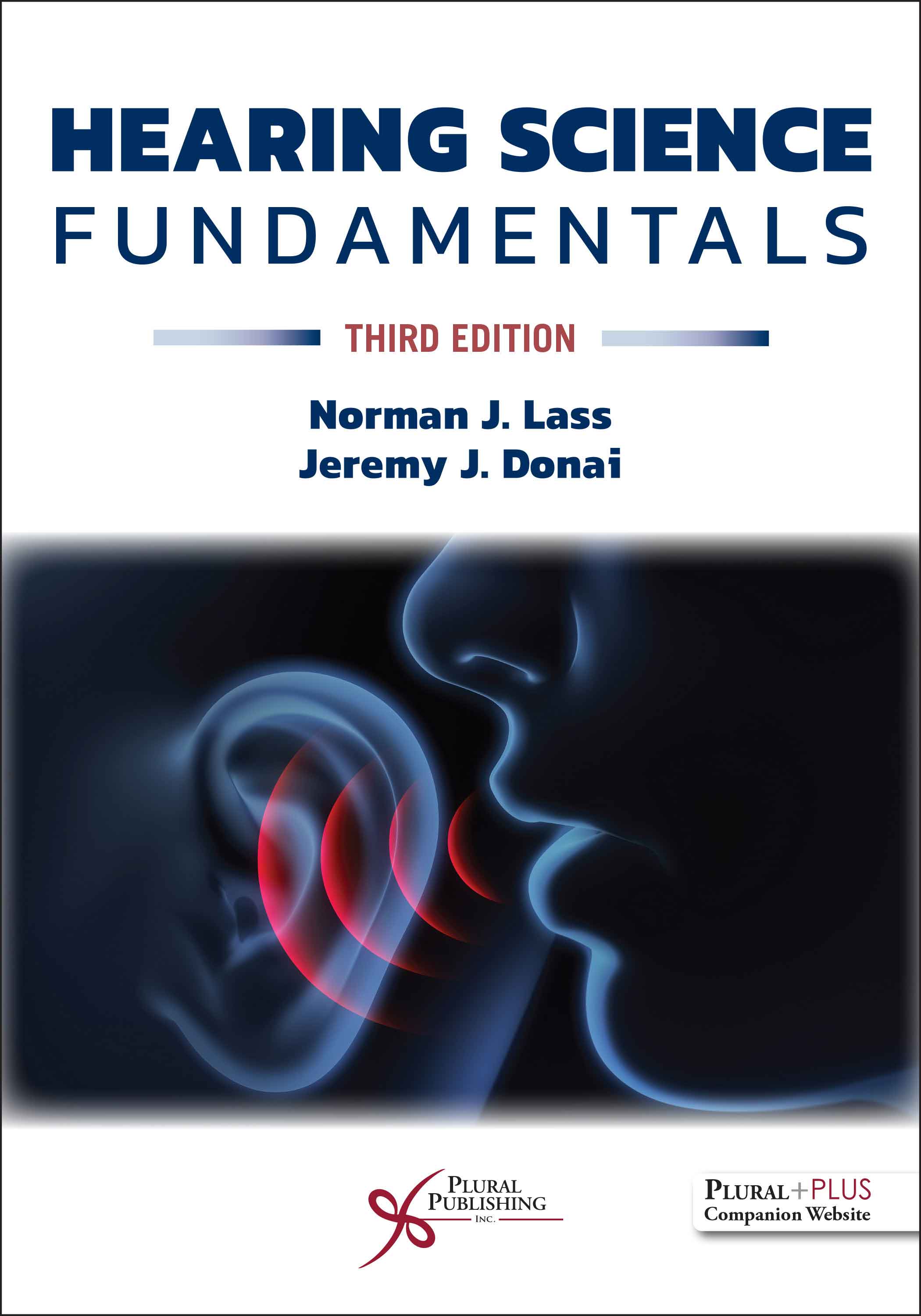
Hearing Science Fundamentals
Third Edition
Norman J. Lass, Jeremy J. Donai
Details: 374 pages, 2-Color, Softcover, 7" x 10"
ISBN13: 978-1-63550-772-0
© 2026 | Available
For Instructors
Purchase
Hearing Science Fundamentals, Third Edition introduces the basic concepts in hearing science in an easy-to-understand format for undergraduate and graduate level students. This textbook includes a wide variety of student-friendly features designed to facilitate learning, as well as instructor resources for seamless integration to the course. The text is divided into four clear sections to cover everything from the physics of sound to the anatomy and physiology of the auditory pathway and beyond. The textbook begins by delving into the basics of acoustics and digital signal processing (DSP). In the next section, readers will find full coverage of the basic anatomy and physiology of the auditory mechanism. The third section contains eight chapters on psychoacoustics and how sound is perceived via the auditory pathways. The final section discusses pathologies of the auditory mechanisms. Multiple disorders from each portion of the auditory system are described in detail. These chapters are intended to provide an introduction to auditory pathologies to support future coursework in audiology and related fields.
New to the Third Edition
- Inclusion of additional Clinical Notes and computational examples in text
- Discussion topics provided at the end of each chapter to assist with student understanding of chapter material
- Additional topics included in multiple chapters such as information on auditory scene analysis (navigating the auditory scene) and the various decibel scales (dB SL, dB HL, etc.)
- Links to helpful videos to enhance student understanding of topics from each chapter
- Additional PluralPlus online ancillary content including updated student study questions, eFlashcards for vocabulary development, and additional computational examples to enhance student understanding
Key Features
- Learning Objectives and Key Terms at the beginning of each chapter prepare the student for the chapter contents
- More than 150 anatomical and line illustrations aid understanding of important technical concepts
- Q&A boxes reinforce important information presented in the text
- Suggested readings at the end of each chapter for further clarification and study of the technical contents of each chapter
- A Glossary of important terms
PluralPlus Online Ancillaries
For instructors: PowerPoint Slides, Test Bank, Class Activities
For students: Quizzes, eFlashcards
Reviews
"This book is clearly written with the information presented in understandable language. There is a well-organized sequence of presented concepts. The Q&A and Clinical Note sections were especially valuable in that they provide the reader with relevant clinical correlates to various acoustic, psychoacoustic, and audiologic concepts. This book is an excellent resource for both undergraduate and graduate students."
—Mary Kassa, AuD, Associate Professor of Teaching / Audiology Program Coordinator, Wayne State University and Clinical Audiologist, Henry Ford Health
"The manuscript is a well-organized, comprehensive textbook with clear and concise explanations of complex hearing science concepts. It effectively integrates key themes and provides helpful supplemental materials, such as clinical notes, vocabulary checkpoints, and review sections, which reinforce learning and enhance understanding."
—Diana Blakeney-Billings, PhD, AuD, CCC-A, Program Coordinator and Assistant Professor, Alabama A&M University
"I’ve researched and used many other textbooks for my Hearing Science course, and I am really impressed with all that has been added to assist students in learning the concepts of acoustics and anatomy and physiology. ... I like the clinical notes to apply the content to clinic, which is what most of the students are planning to do in the future. Very few students go into research, and most Hearing Science textbooks are geared towards research and not clinic. ...Overall, I am very impressed with the updates and changes that have been made in this 3rd edition."
—Tiffany Shelton, MS, AuD, CCC-A, Clinical Assistant Professor, Utah State University
"I appreciate the clinical applications that are featured throughout, and that attention is brought to both audiology & speech pathology throughout, so that future professionals of both and related fields are learning clinical applications throughout the whole text."
—Rachel Brenna Lieberman, AuD, Assistant Professor, Department of Otolaryngology, Johns Hopkins Cochlear Implant Center
Preface
Acknowledgments
Contributors
Reviewers
Section I. Acoustics
Chapter 1. Basic Acoustics
Sound
Sinusoidal Motion
Spatial Concepts
Amplitude
Wavelength (λ)
Temporal Concepts
Cycle
Period
Frequency
Phase
Velocity
Frequency/Period Relationship
Frequency/Wavelength Relationship
Sound Propagation and Interference
Complex Sounds
Periodicity Versus Aperiodicity
Resonance
Cavity (Acoustical) Resonance
Frequency Response Curve
Ear Canal Analogy
The Decibel
Computational Perspective
Hearing Threshold Level, Audiometric Zero (0 dB HL), and Decibel (dB) Sensation Level (SL)
Summary
Recommended Readings
References
Chapter 2. Review of Speech Acoustics
Helen A. Boyd-Pratt and Jeremy J. Donai
Source-Filter Theory and Vocal Tract Anatomy
Acoustic Measures
Fundamental Frequency
Voice Onset Time
Root Mean Square Amplitude
Formants (Spectral Resonances)
Long-Term Average Spectrum (LTAS)
Speech Sound Classification
Consonant Classification
Vowel Classification
Speech Intelligibility Index (SII) and Count-the-Dots Audiogram
SII
Count-the-Dots Audiogram
Ling 6 Sounds Test
Summary
Recommended Readings
References
Chapter 3. Digital Signal Processing
Amplitude Quantization and Sampling Frequency
Aliasing and Anti-Aliasing Filtering
Filtering
Windowing
Frequency Versus Time Tradeoff (Frequency Resolution Versus Temporal Resolution)
Pre-Emphasis
Digital Hearing Aid Signal Processing
Compression
Directional Microphones and Digital Noise Reduction
Summary
Recommended Readings
References
Section II. Structure and Function
Chapter 4. Anatomy and Physiology of the Conductive Auditory Mechanism
Outer Ear
Auricle (Pinna)
External Auditory Meatus (Outer Ear Canal)
Tympanic Membrane (Eardrum)
Middle Ear
Tympanic Cavity Proper (Tympanum)
Malleus
Incus
Stapes
Middle Ear Muscles
Function of the Conductive Mechanism
Non-Acoustic Function
Acoustic Function
Impedance
Impedance Mismatch
Auditory (Eustachian) Tube
Action of the Middle Ear Muscles
Summary
Recommended Readings
References
Chapter 5. Anatomy and Physiology of the Sensory Auditory Mechanism
Inner Ear
Function of the Sensory Mechanism
Mechanical Properties
Active Processes
Cochlear Electrophysiology
Resting Potential
Potentials Seen as Response to Stimulation
Single-Cell Electrical Activity
Phase Locking
Summary
Recommended Readings
References
Chapter 6. Anatomy and Physiology of the Central Auditory Mechanism
Afferent Central Auditory Pathway
Interhemispheric Connections
Efferent Central Auditory Pathway
Summary
Recommended Readings
References
Section III. Psychoacoustics
Chapter 7. Normal Hearing
Stimulus Characteristics
Stimulus Frequency
Stimulus Duration
Stimulus Intensity
Methods of Stimulus Presentation
Earphones
Speakers
Assessment of Auditory Sensitivity
Method of Limits
Method of Adjustment
Method of Constant Stimuli
Listener (Subject) Variables
Age Variation
What Is Normal Hearing?
Localization of Sound
Interaural Intensity (Level) Cues for Localization
Interaural Time (Phase) Cues for Localization
Auditory Scene Analysis
Hearing by Bone Conduction
Bone Conduction in Clinical Audiology
Summary
Recommended Readings
References
Chapter 8. Binaural Processing
Katharine Fitzharris
Advantages of Binaural Hearing
Listening in Noise
Binaural Squelch
Directional Hearing
Localization
Lateralization
Vertical Localization
Minimal Audible Angle (MAA)
Minimal Audible Movement Angle (MAMA)
Distance Perception
Precedence Effect
Disadvantages of Binaural Hearing
Physiology of Binaural Hearing
Afferent Pathways
Efferent Pathways
Summary
Recommended Readings
References
Chapter 9. Masking
Masker-Signal Relationship and Sound Level
Masking of Tones by Other Tones
Masking of Tones by Narrow Noise Bands
The Critical Band
Masking of Tones by Wide Noise Bands
Special Cases of Masking
Temporal Masking
Masking Level Difference (MLD)
Spatial Release from Masking
Energetic and Informational Masking
Masking in Clinical Audiology
Summary
Recommended Readings
References
Chapter 10. Temporal Processing
Neural Physiology
Temporal Fine Structure and Temporal Envelope
Dip Listening
Modulation Rate and Modulation Depth
Temporal Processing Skills
Temporal Integration
Temporal Resolution
Temporal Patterning
Temporal Masking
Summary
Recommended Readings
References
Chapter 11. Loudness and Pitch
Loudness
Pitch
Residue Pitch and the Missing Fundamental
Summary
Recommended Readings
References
Chapter 12. Differential Sensitivity
The Fechner-Weber Fraction
Difference Limen for Intensity
Difference Limen for Frequency
Temporal Discrimination
Summary
Recommended Readings
References
Chapter 13. Signal Detection Theory
Response Distributions
Response Types
Sensitivity and Specificity
Response Bias
Discriminability Index (d′) and ROC Curves
Ceiling and Floor Effects
Summary
Recommended Readings
References
Chapter 14. Auditory Perception and Hearing Impairment
Outer Hair Cell (OHC) Damage
Auditory Recruitment
Inner Hair Cell (IHC) Damage
Cochlear Dead Regions
Auditory Nerve Damage
Effects on Frequency Selectivity
Auditory Excitation Patterns
Effects on Temporal Processing
Summary
Recommended Readings
References
Section IV. Pathologies of the Auditory Mechanisms
Chapter 15. Pathologies of the Conductive Auditory Mechanism
Pathologies of the Outer Ear
Auricle
Chondritis and Cauliflower Ear
External Auditory Canal
Impacted Cerumen
Pathologies of the Middle Ear
Eustachian Tube (Auditory Tube)
Otitis Media
Mastoiditis
Cholesteatoma
Pathologies of the Middle Ear Ossicles
Otosclerosis
Ossicular Discontinuity
Summary
Recommended Readings
References
Chapter 16. Pathologies of the Sensory Auditory Mechanism
Inner Ear Pathologies
Cochlea
Auditory and Non-Auditory Effects of Noise
Noise-Induced Hearing Loss
Socioacusis and Presbycusis
Meniere’s Disease
Sudden Sensorineural Hearing Loss
Ototoxicity
Auditory Nerve
Acoustic Neuroma (Vestibular Schwannoma)
Auditory Neuropathy Spectrum Disorder
Summary
Recommended Readings
References
Chapter 17. Pathologies of the Central Auditory Mechanism
(Central) Auditory Processing Definition
Signs and Symptoms
(C)APD Evaluation
Behavioral (Central) Auditory Skill Areas
Auditory Figure Ground
Low-Redundancy Speech
Dichotic Listening
Temporal Processing
Electrophysiological Assessment
Neural Response Overview
Management Strategies
Environmental Modifications
Compensatory Strategies
Auditory Training
Assistive Listening Technology
Pathologies of the Central Auditory Pathway
Traumatic Brain Injury
Cortical/Central Deafness
Cerebrovascular Accident
Multiple Sclerosis
Summary
Recommended Readings
References
Glossary
Index
Hearing Science Fundamentals, Third Edition comes with access to supplementary student and instructor resources on a PluralPlus companion website.
The companion website is located at: https://www.pluralpublishing.com/publication/hsf3e
STUDENTS:
The student resources include Quizzes, eFlashcards, Videos, Audios, Additional Computation Examples, Math Concept Review, Video Links, and Anatomy Labeling Exercises.
To access the student resources, you must register on the companion website and log in using the access code located in the front of your textbook.
INSTRUCTORS:
The instructor resources include PowerPoint Slides, Test Bank, and Syllabus. You will also have access to all of the student resources listed above.
To access the instructor resources, you must contact Plural Publishing, Inc. to be verified as an instructor and receive your access code.
Email: instructormaterials@pluralpublishing.com
Tel: 866-758-7251 (toll free) or 858-492-1555
*Note for students: If you have purchased this textbook used or have rented it, your access code will not work if it was already redeemed by the original buyer of the book. Plural Publishing does not offer replacement access codes for used or rented textbooks.

Translational Perspectives in Auditory Neuroscience: Normal Aspects of Hearing
First Edition
Kelly Tremblay, Robert F. Burkard
Details: 488 pages, Full Color, Hardcover, 8.5" x 11"
ISBN13: 978-1-59756-202-7
© 2012 | Available
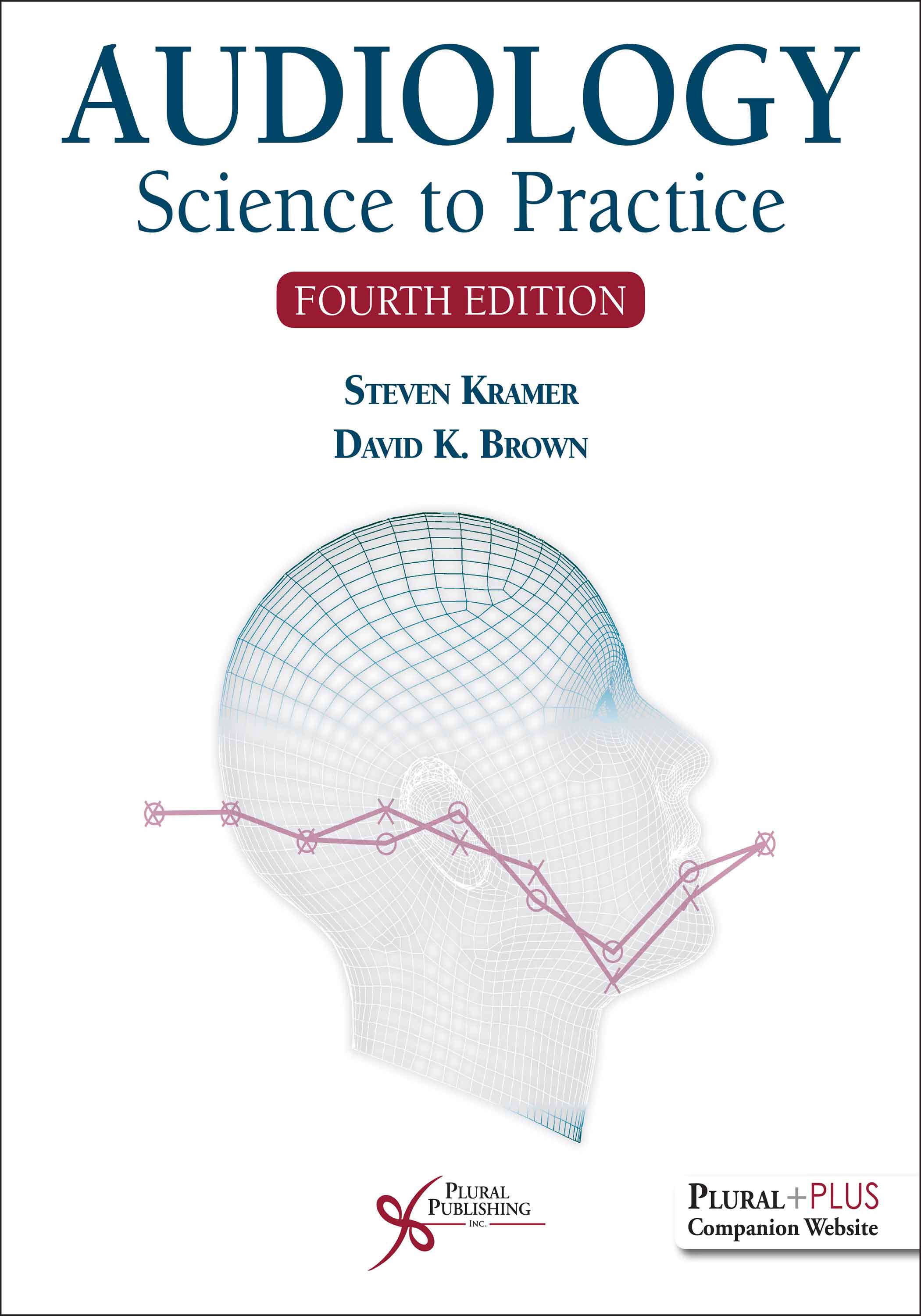
Audiology: Science to Practice
Fourth Edition
Steven Kramer, David K. Brown
Details: 487 pages, 2-Color, Softcover, 8.5" x 11"
ISBN13: 978-1-63550-346-3
© 2023 | Available
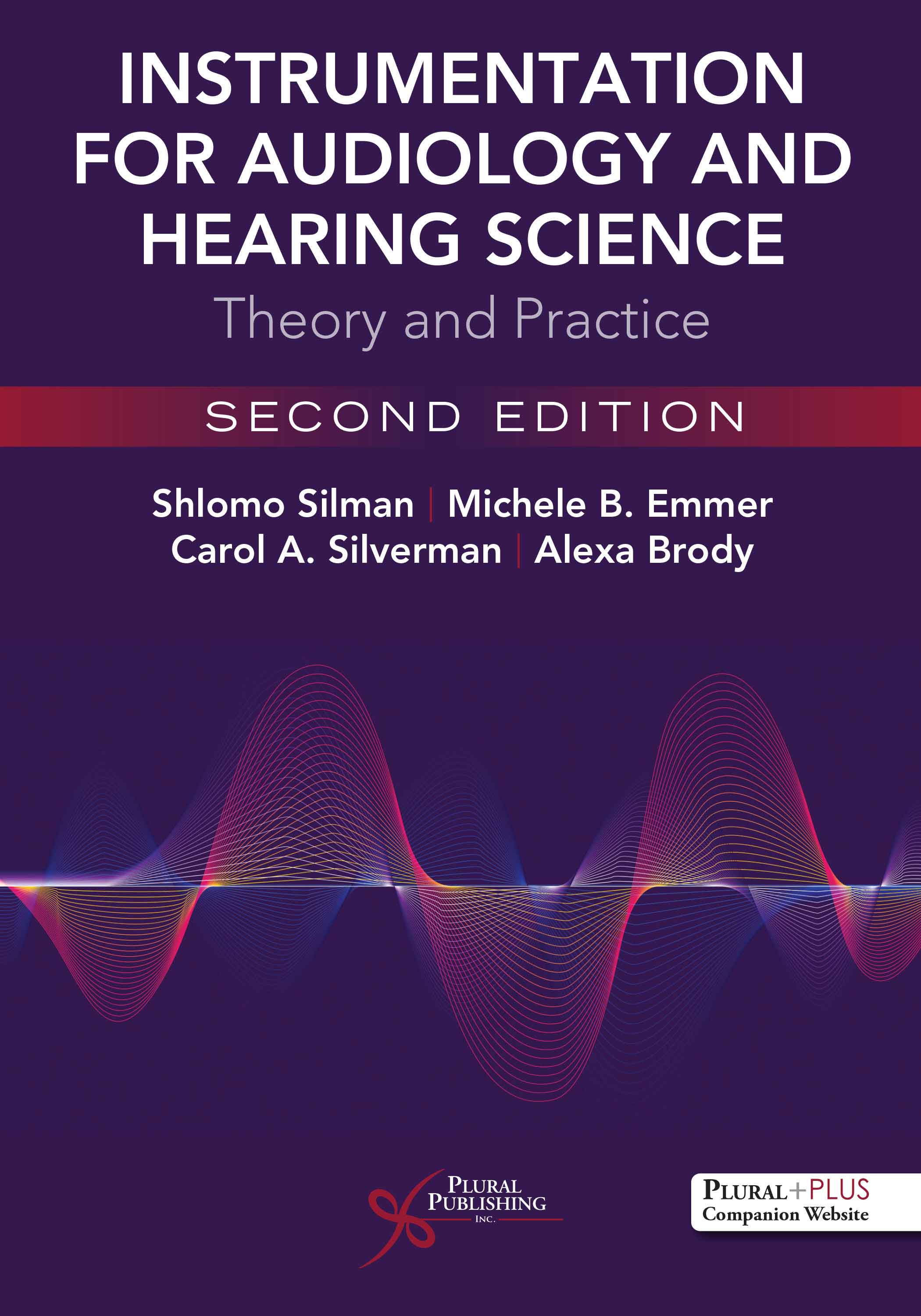
Instrumentation for Audiology and Hearing Science: Theory and Practice
Second Edition
Shlomo Silman, Michele B. Emmer, Carol A. Silverman, Alexa Brody
Details: 338 pages, B&W, Softcover, 7" x 10"
ISBN13: 978-1-63550-226-8
© 2023 | Available
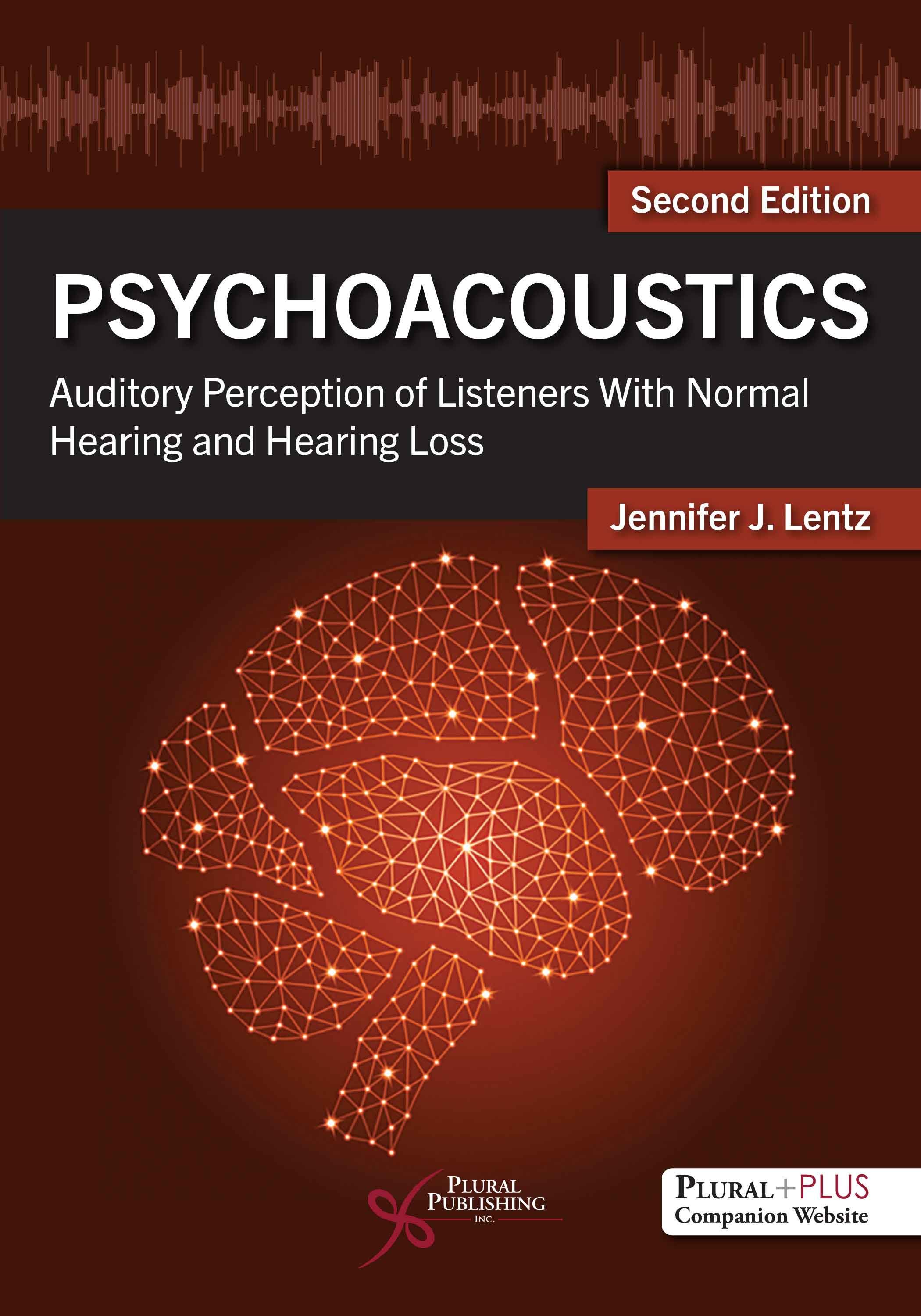
Psychoacoustics: Auditory Perception of Listeners with Normal Hearing and Hearing Loss
Second Edition
Jennifer J. Lentz
Details: 275 pages, B&W, Softcover, 7" x 10"
ISBN13: 978-1-63550-525-2
© 2025 | Available
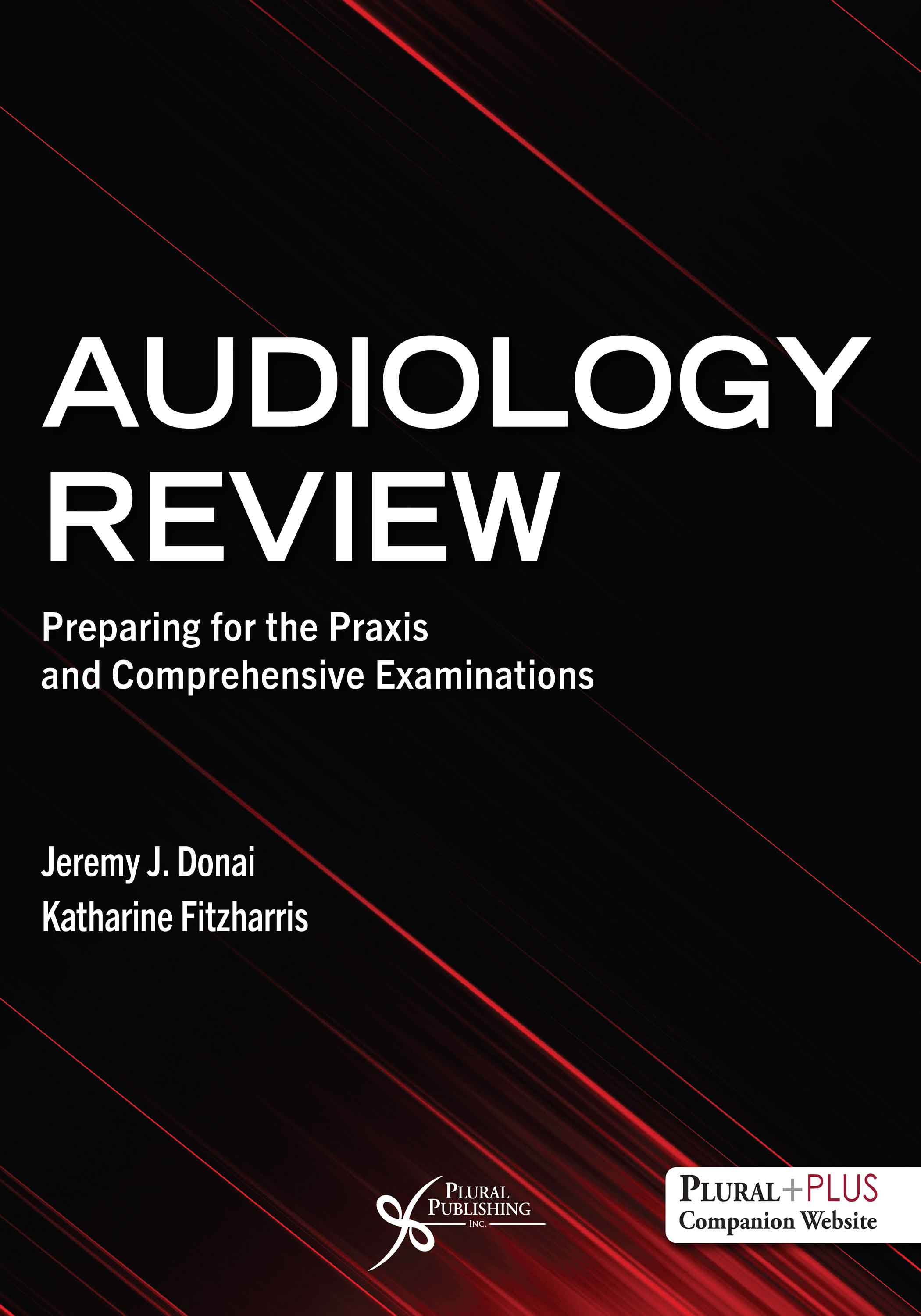
Audiology Review: Preparing for the Praxis and Comprehensive Examinations
First Edition
Jeremy J. Donai, Katharine Fitzharris
Details: 610 pages, B&W, Softcover, 8.5" x 11"
ISBN13: 978-1-63550-552-8
© 2024 | Available
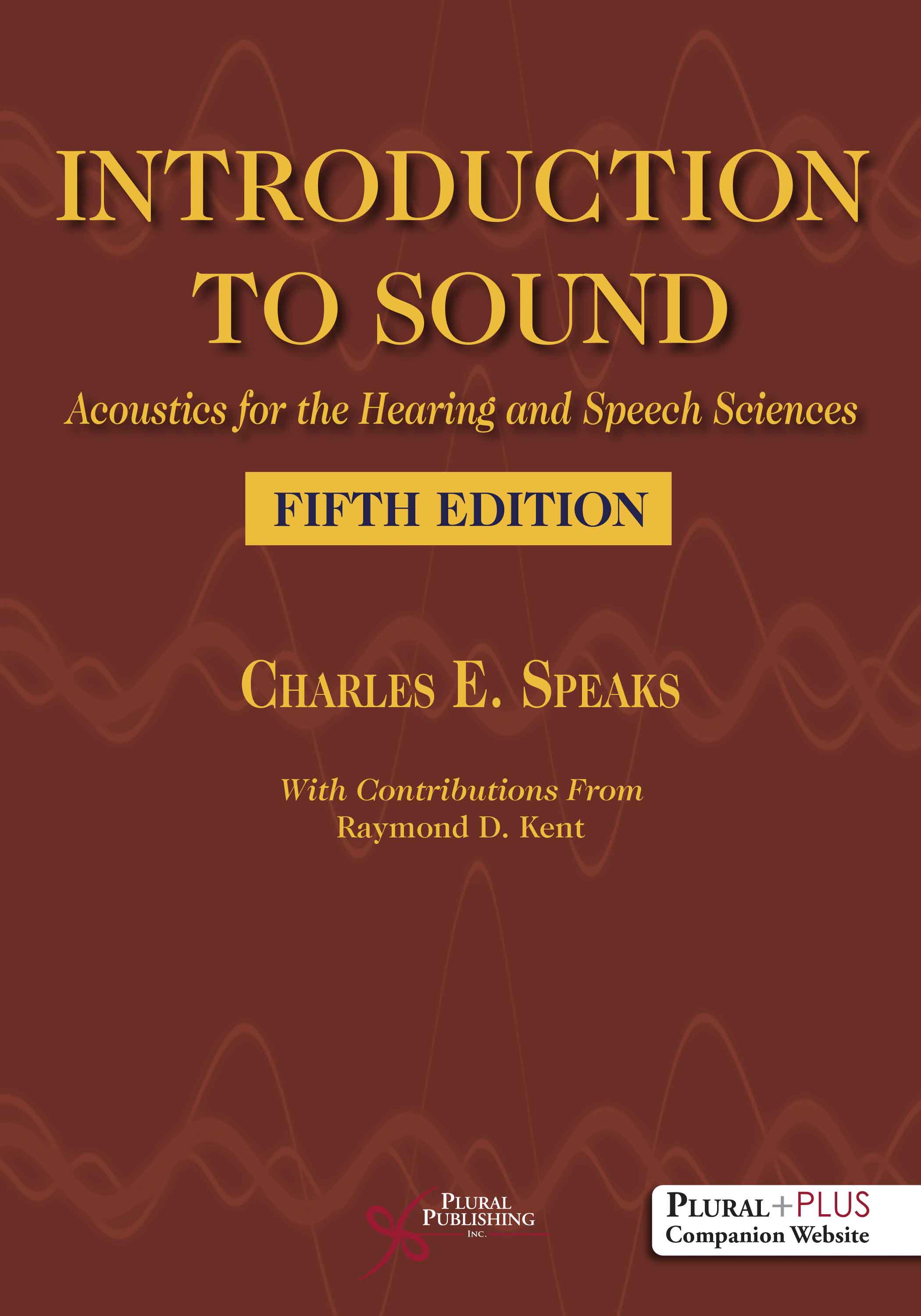
Introduction to Sound: Acoustics for the Hearing and Speech Sciences
Fifth Edition
Charles E. Speaks
Details: 460 pages, Two-Color, Hardcover, 7" x 10"
ISBN13: 978-1-63550-759-1
© 2026 | Available


